Sci-Fi, Technology
Mining the Moon for Power: How Helium-3 Might Fuel Our Sci-Fi Future
That means no radioactive waste, no meltdown risk, and theoretically, a lot of power from a tiny amount of fuel.
Let’s talk about something near and dear to every science fiction writer’s heart: energy. Not the “I’ve had four cups of coffee and I’m writing at 2 a.m.” kind—though that’s a close second—but the kind that powers cities, fuels ships, and potentially, one day, propels a starcruiser into deep space.
In the long tradition of dreaming big and blowing stuff up with lasers, energy has always played a starring role in science fiction. Whether it’s warp cores, dilithium crystals, unobtanium, or plain old fusion reactors humming like over-caffeinated beehives, we’ve always assumed the future will run on something better than coal and prayers.
Enter: Helium-3. The darling isotope of futurists, physicists, and more than a few moon-mining enthusiasts who clearly didn’t read Total Recall closely enough.
So What Is Helium-3, and Why Should You Care?
Helium-3 (or He-3 if you’re tight on space and/or keys) is a light, non-radioactive isotope of helium. It’s rare on Earth—about 15 parts per trillion in the atmosphere—but it’s relatively abundant on the Moon, thanks to billions of years of solar wind slamming into the lunar surface without so much as a magnetic field to say “no thank you.”
What makes Helium-3 so exciting is its potential use in fusion energy. Not the “we swear it’s ten years away” kind that’s been ten years away since the 1950s, but real, clean, safe nuclear fusion. Unlike conventional fusion reactions involving tritium, a Helium-3 fusion reaction doesn’t produce dangerous neutrons that make everything around them glow and require 10,000 years of babysitting. Instead, it releases charged particles—specifically, protons—that can be directly converted into electricity.
That means no radioactive waste, no meltdown risk, and theoretically, a lot of power from a tiny amount of fuel.
We’re talking one ton of Helium-3 could power the entire United States for a year. Let that sink in while your utility company raises your rates again.
Okay, But Why Is It On the Moon?
Because the Moon has no atmosphere and no magnetic field, it’s been collecting solar wind like a desert windshield collects bugs. Over the past few billion years, it’s built up a thin but tantalizing layer of Helium-3 in its upper regolith—basically, the dusty, gritty topsoil of the Moon.
Scientists estimate there are about 1 million metric tons of Helium-3 on the lunar surface. Even if only a fraction is recoverable, that’s a goldmine in energy terms. Or maybe a moonmine?
The Race to Mine the Moon
Now here’s where the real sci-fi fun starts: companies and countries are actually planning to go get it. The United States, China, Russia, and private companies like Moon Express, iSpace, and Blue Origin are all eyeing the Moon not just for scientific curiosity, but for resources. And Helium-3 is on the short list.
China, in particular, has openly declared its interest in Helium-3, even referencing it in official lunar mission goals. Their Chang’e program already returned samples from the Moon—and yes, they found Helium-3.
Meanwhile, NASA’s Artemis program is laying the groundwork for a long-term lunar presence. This isn’t just about planting flags and collecting rocks anymore. It’s about infrastructure. And maybe—just maybe—setting up shop for mining operations in the not-too-distant future.
Suddenly, Total Recall looks less like a fever dream and more like a rough draft.
The Engineering Challenge (or: Moon Dust Is Evil)
Of course, it’s not all moon boots and laser drills. Mining Helium-3 on the Moon comes with a few hurdles.
For one, the concentration of He-3 in the lunar soil is very low—about 10 to 20 parts per billion. That means mining vast amounts of lunar regolith, heating it to around 600°C to extract the gas, then shipping it back to Earth. Picture vacuuming a sandbox for rare gas particles. Now do it in a radiation storm.
Also, lunar dust—famously clingy, sharp, and abrasive—makes everything harder. It gets into machinery, clogs seals, and basically acts like glitter from hell.
Then there’s the minor issue of building a fusion reactor that can actually use Helium-3 efficiently. That part? Still under development. (And if anyone tells you it’ll be ready in ten years, ask if they’ve been saying that since the Cold War.)
So, Is This All Just Sci-Fi?
Not entirely. The technology to extract He-3 exists in theory. The hardware to land on the Moon and collect material is already being tested. The legal and political groundwork is…well, let’s just say we’re working on it. (The Outer Space Treaty of 1967 technically prohibits “national appropriation” of celestial bodies, but leaves loopholes big enough to drive a lunar rover through.)
More to the point, the idea of Helium-3 mining is no longer fringe. It’s on roadmaps. It’s in mission briefings. It’s in PowerPoint decks shown to people in suits with checkbooks.
And from a science fiction standpoint, this is the good stuff.
Fueling the Future—Or At Least the Next Novel
So where does this leave us? If you’re a sci-fi lover, Helium-3 gives you the perfect MacGuffin.
You’ve got lunar colonies, corporate espionage, fusion breakthroughs, and maybe a shady billionaire with an ego the size of the moon. You’ve got engineers fighting dust storms, scientists pushing the limits of fusion, and politicians arguing about who owns the Moon.
Better yet, you’ve got a very real question driving it all: What would we do to secure clean, limitless energy? And what would we become in the process?
Will we work together and usher in an age of post-scarcity utopia? Or will we turn the Moon into a Cold War 2.0 battleground?
Whatever path we take, Helium-3 might be the spark.
Final Thought:
The Moon is no longer just a place for poets and astronauts. It’s a frontier, a fuel station, a battleground, and a business venture. In the future—maybe even in your next read—it could be the beating heart of Earth’s energy economy.
Because if we’re going to dream about the future of energy… we might as well shoot for the Moon.
About Leif J. Erickson
Leif J. Erickson is a science fiction and fantasy author from a small farming community in west central Minnesota. Using his time wisely when he was a farmer, Leif developed many ideas, characters, and storylines to create over fifty unique first drafts and outlines for stories. From his start in a small town school, to college at North Dakota State University, back to his family farm, then to the bright lights of Minneapolis, Minnesota, and back to his small farming town, Leif has always had a love of writing.
When Leif isn’t writing he can be found with his wife hiking in state parks, canoeing local lakes and rivers, exploring local and regional ghost towns, experiencing museums, or simply reading or hanging out with friends and family. Leif draws on the local nature and ecology to find inspiration for his writing while he also asks what’s possible for technology and the human race, weaving them together for amazing stories that will stay with the reader for years to come. Leif looks forward to having many novel and story releases in the years to come.
You can see all of Leif’s Books here: Leif’s Amazon Author Page





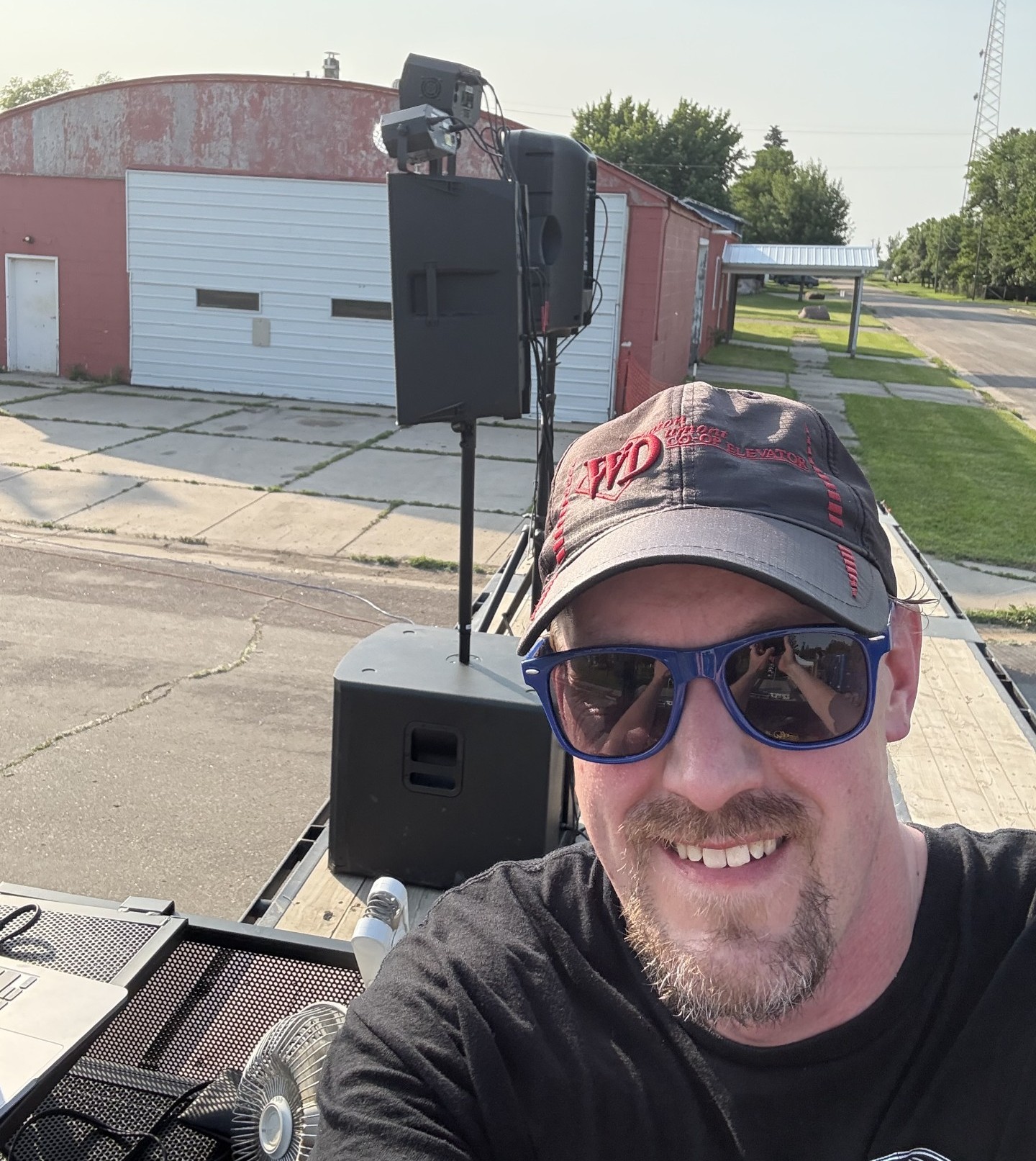
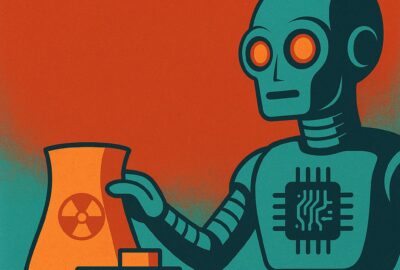
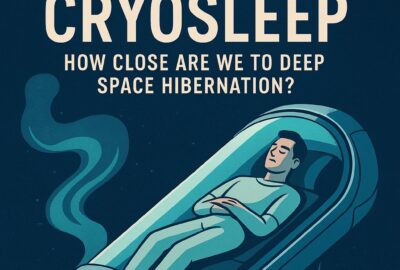


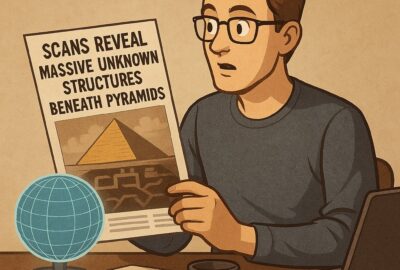

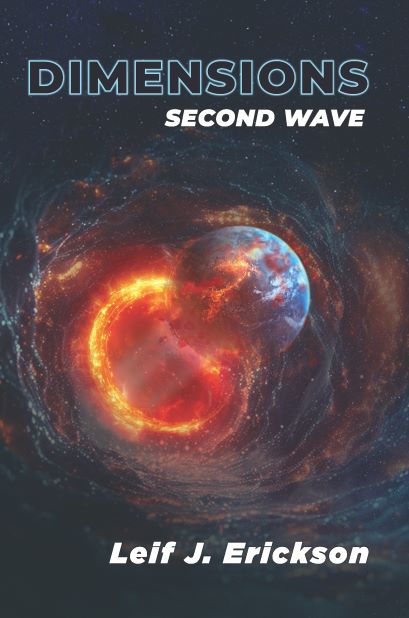
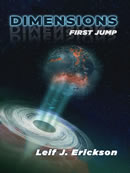


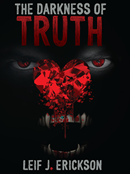


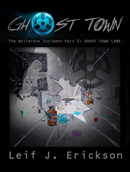
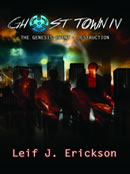
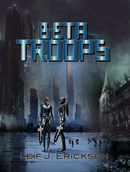

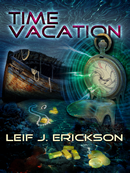
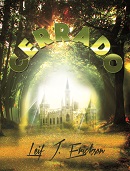




Leave a reply
You must be logged in to post a comment.